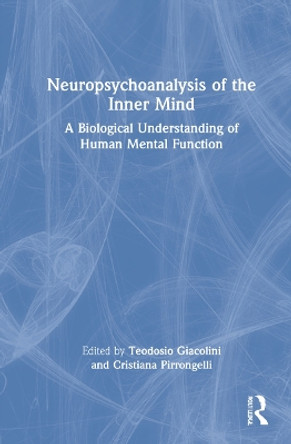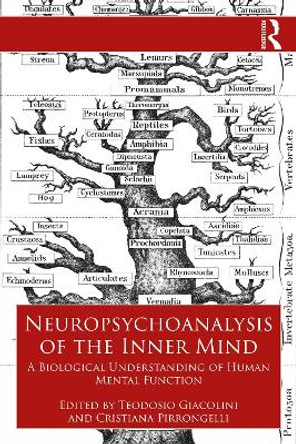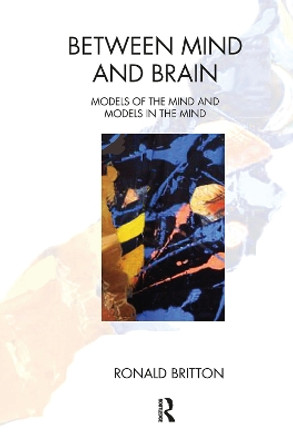Description
The usual method for studying mental processes entails taking words in linguistics -- or concepts in logic -- and establishing the connections and relationships between them. Thus, the traditional approach to semantic problems -- those of meaning and understanding -- is through language. Most researchers agree that thought and language are generated by deep-seated semantic structures determined by the structure of the brain. Until now, however, all attempts at constructing semantic models have been made on the basis of linguistic material alone, without taking brain structure into account. Analysis of these models shows them to be as inadequate as those based on the method of the black box.
This book approaches the problem of the organization of higher psychological functions a different way -- by analyzing the functional organization of the neural structures that gradually form universal categories from "raw" sensory material. At the higher levels of the brain's operation, these universals correspond to the basic categories of thought and language. The visual system provides rewarding material for such an approach, both because it is relatively well researched and because it is the main source of sensory information in humans. With this in mind, this monograph examines the whole process of the transformation and description -- the coding of visual information. The most important aspect of this process is the transition from the description of visual space to the description of individual objects and the relationships between them. This transition is made possible by the existence in the visual system of various mechanisms that developed during evolution as a result of environmental influences.
Written for a wide circle of investigators in disciplines associated with different aspects of the functioning of the brain -- physiologists and psychologists -- this book is also of importance to engineers and mathematicians working on the problems of artificial intelligence, and linguists and philosophers interested in the deep structures that form the universals of thought and language.
Reviews
"...this book would be excellent reading for anyone interested in understanding of the mental functioning in terms of brain structure and the mechanisms that perform certain operations."
-Roeper Review
"During the 1970s, great strides were made in our understanding of the brain functions necessary for visual form perception. Much of this work was done in English-speaking countries and was, therefore, readily accessible to the Western scientific community. One exception was the research undertaken by Vadim Glezer and his colleagues in Leningrad (now St. Petersburg). Most of those studies were reported in Russian, but gradually some of us began to be acquainted with them. At first, it seemed that the Russian work simply paralleled that performed elsewhere; that, in itself, would have been sufficient reason for translating this work, because it would show that experimenters from different backgrounds were obtaining the same results. However, it turned out that this work represented a much richer vein of data and interpretation that had become available for mining.
Glezer's laboratory contributions are fresh and his interpretations of the brain's harmonic analysis of form vision add considerably to our understanding. The English-speaking community should, therefore, welcome this solid contribution to our understanding of the visual process as it relates to the brain, on the one hand, and to cognition, on the other."
-Karl H. Pribram
Professor Emeritus, Stanford University, James P. and Anna King University Profe
Book Information
ISBN 9780805816686
Author Vadim D. Glezer
Format Hardback
Page Count 290
Imprint Psychology Press
Publisher Taylor & Francis Inc
Weight(grams) 635g






